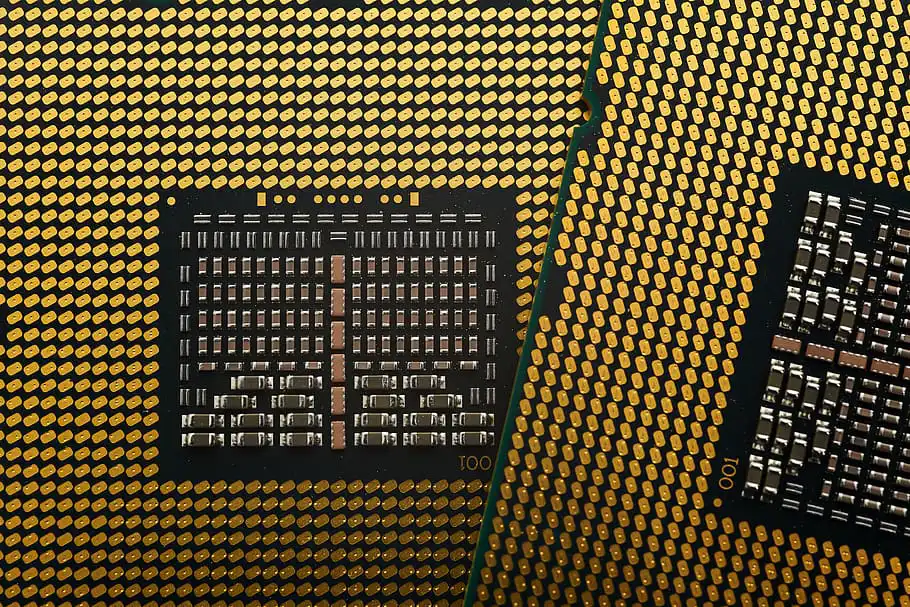As Apple remains secretive about its new products, the rumor mill continues to spin. This time, it's about the potential next iteration of Apple’s popular device: the AirTag 2. While this second generation product is yet to be officially announced, whispers suggest it might feature some significant upgrades.
Apple AirTag first made its appearance in April 2021. The small, coin-shaped device paired with Apple's vast Find My network made it easier for users to keep tabs on their valuable items. Yet, as useful and innovative as the first generation product was, it was not without its criticisms or room for improvement.
There is currently no official launch date for the AirTag 2. Some speculate that it could be introduced at an upcoming Apple event, but until an announcement is made, any launch date remains pure conjecture. Yet, even without a set date, theories about possible new and improved features already abound.

Central to these speculations are improvements in safety features, a response to concerns raised about the original AirTag's potential for misuse. While Apple designed safeguards into the initial product, several critiques suggested that these were insufficient to prevent some forms of unwanted tracking.
In response to these criticisms, Apple has been making updates to its tracking alerts on iOS devices. These changes aim to make unwanted tracking more noticeable and easier to report. It is likely that these recent alterations will roll over to the second-generation device, improving upon one of the first generation AirTag's critical shortcomings.
There is also much discussion about potential changes to the device's physical design. One key point of contention has been the lack of an in-built loop or hole. The current design requires an additional accessory to attach the AirTag to items such as keychains or luggage, adding cost and reducing convenience for users.
Future improvements may include a built-in attachment point, making it easier to secure the AirTag to objects. Implementing such a design change would address a pain point identified by many users of the first-generation device, potentially making the second-generation model more appealing.
Feedback has also indicated a desire for a smaller, more compact AirTag. While the current form factor is relatively small, it does not suit every use case. The possibility of a mini version or a slim-line design could be attractive additions for users looking for more adaptable tracking solutions.
As with the first version, the second-generation AirTag is also likely to leverage Apple's vast Find My network. The strength of this network is one of the AirTag's significant selling points, assisting in the rapid recovery of misplaced items. Whether improvements will be made to expand or further enhance this network remains to be seen.
Another selling point is the AirTag's precision tracking capabilities. This is a feature that puts the device ahead of many competitors, providing a real-time, turn-by-turn directional guide directly to the tracked item when in range. It is expected this feature will be retained, if not improved upon, in AirTag 2.
Another potential change could be the integration of more customization options. Users may appreciate the ability to choose unique sounds or alerts for different AirTags, helping to differentiate each one. The possibility of customized appearance could be another attractive solution to personalize each AirTag.
As with any Apple product, there are speculations about the cost of AirTag 2. The first-generation device is priced competitively when compared with similar trackers in the market. However, if improved features are introduced, these could warrant a price increase.
One of the key attractions of the original AirTag is its integration with the wider Apple ecosystem. As the tech giant continues to build its interconnected suite of devices and software, it is likely the AirTag 2 will further benefit from this integration, potentially leveraging other devices' functionality.
It's also possible that Apple will consider introducing different AirTag models, catering to a variety of budgets and user needs. A Premium version could host a multitude of advanced features, while a Basic version might cover the essentials at a more affordable price tag.
Currently, the battery of the AirTags is user-replaceable. This is a major plus point when compared to several other Apple devices. It remains to be seen whether Apple will continue to offer this feature in the second-generation AirTags, considering their track record of non-replaceable batteries.
It is crucial to note that despite the circulation of rumors and speculations, nothing about AirTag 2 is confirmed until Apple decides to make it official. As such, enthusiasts and potential buyers should take all theories and assumptions with a grain of caution.
Undoubtedly, if or when the second generation of AirTag is launched, it will likely generate significant interest given the success of its predecessor. After all, Apple has a reputation for improving its products in response to user feedback and based on technological advancements.
Regardless of speculation, it is exciting to consider the future possibilities for this neat little gadget. As advancements in technology continue to emerge at a rapid pace, so do the potential features and improvements for the second-generation AirTag.
Until confirmed details about the AirTag 2 emerge, one thing is certain: Apple fans will continue to eagerly anticipate this new product. Be it safety updates, design changes or added features, the tech community eagerly awaits the arrival of the next evolution of the revolutionary AirTag.